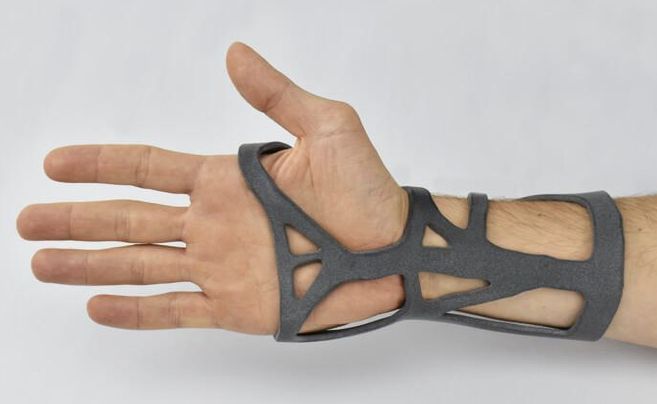
Sculpteo has added several new materials to their portfolio as a result of their relationship with BASF.
Sculpteo is one of the oldest 3D print services, and I should stop referring to them that way as they also offer laser cutting and design services, too. From a humble start in 2009, they have grown into a service used by industry to produce parts of all kinds.
BASF Acquires Sculpteo
Last year the company was acquired by BASF in a surprise move. While BASF had long been busy making partnerships with different players in the 3D print space to provide materials, this acquisition allowed BASF to step directly into 3D print operations. We explored the reasons behind BASF’s acquisition of Sculpteo last fall.
Unlike many acquisitions, Sculpteo continues to operate as an independent operation with the same management, but with a lot more financial backing.
And, unsurprisingly, access to a boatload of new engineering materials.
The BASF relationship has been paying off for Sculpteo in big ways as it now seems a great deal of their materials come from the German chemical giant. A peek today at Sculpteo’s materials list now includes 23 plastic materials, of which 11 are provided directly by BASF.
Sculpteo PA11 Materials
This week Sculpteo added another four BASF materials, all being in the PA11 family. They include:
- Ultrasint PA11: high ductility and impact strength based on 100% renewable biomass sources. Applications go from the automotive sector to manufacturing living hinges and include components requiring skin contact.
- Ultrasint PA11 ESD: a resistant 3D printing material with electrostatic discharging properties. Its great mechanical and thermal characteristics increase the safety process, especially in the electronics sector for housing, jigs and fixtures.
- Ultrasint PA11 CF: one of the strongest materials in the 3D printing industry. It’s carbon-fiber-reinforced and allows the 3D manufacturing of lightweight designs thanks to its high rigidity
- PA11 for MJF: the Multi Jet Fusion technology for multiple uses in medical, impact resistance and living hinges applications.
As you can see, these are all specialized engineering materials specifically designed for industrial applications. This aligns well with Sculpteo’s efforts in that space.
These new materials should attract more clients simply because designers seek solutions that can provide the parts with the designated materials intended for the parts. With more material choice, Sculpteo will no doubt have more clients.
There’s another curiousity about these new materials: they are all made from biomass sources. Sculpteo explains:
“Four new Nylon PA11 materials, all bio sourced and sustainable, are now available in Sculpteo’s catalogue! Offered by the online 3D-printing specialist and powered by BASF, they offer increased chemical resistance, elongation at break and durability, with a great performance in sustainability. Sculpteo, which has recently doubled its capacity, confirms its strategic role as BASF’s 3D printing for the world – and as a leaner, greener and more environmentally friendly industry manufacturer.”
While it’s good news to see more green focus by a major company in the 3D printing space, there’s also an interesting twist: these are true engineering materials from a trusted source AND they are also green. Typically most of the green materials we’ve seen are compromised in one way or another to achieve that greenness. This does not seem to be the case, and could set an example for others producing industrial 3D print materials in the future.
Via Sculpteo
